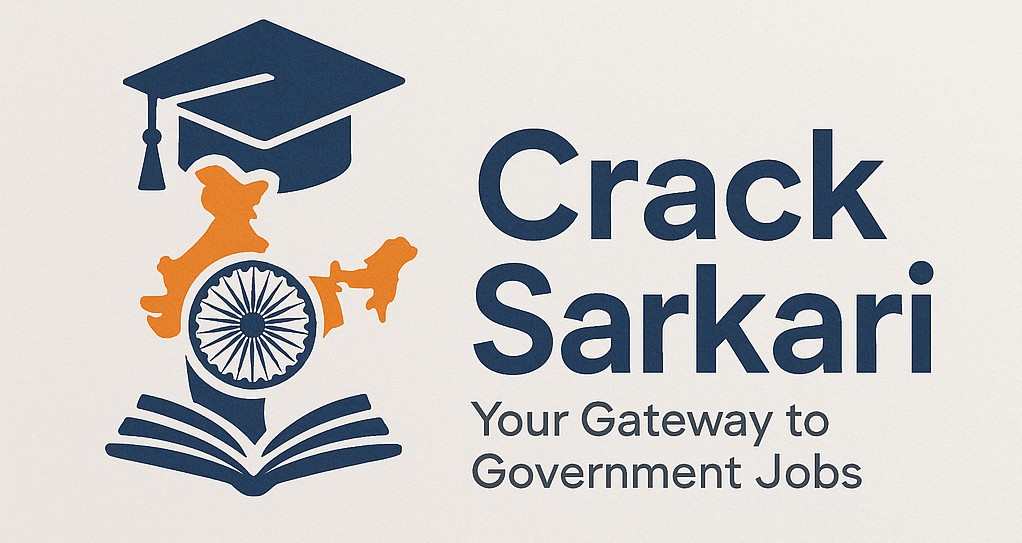GS Paper 2: Judiciary
🏛️ Article 142 – Supreme Power or Judicial Overreach?
Source: DD News
Topic: Constitutional Provisions & Judiciary
🔍 Context:
The recent Supreme Court ruling in the Tamil Nadu Bills controversy, invoking Article 142, has stirred up debates on judicial activism and the fine line separating powers among the three branches of government.
📘 Understanding Article 142:
- What it does: Empowers the Supreme Court to pass any order needed to ensure “complete justice” in a case.
- Why it exists: It was designed as a constitutional safety valve—allowing the judiciary to fill legal gaps when procedural limitations could hinder justice.
- Key Clauses:
- Clause (1): Grants the Court authority to enforce its judgments to ensure justice.
- Clause (2): Allows for enforcement measures like compelling attendance, document production, and punishing contempt.
⚖️ Tamil Nadu Case – What Happened?
- In 2024, the Tamil Nadu Governor withheld assent on 11 bills.
- The SC, citing Article 142, declared the bills valid—effectively bypassing the delay and controversy around Presidential assent.
🧩 Concerns Raised:
- Executive Bypass: Court intervened where the executive was silent.
- Federalism at Stake: It sidelined roles of state and Centre.
- Power Imbalance: Judiciary was seen as stepping into legislative shoes.
- Undermining Remedies: Could dilute constitutional dispute resolution mechanisms.
✅ But It’s Not Always Overreach:
- Landmark Usage: Ex: Bhopal Gas Tragedy (1989) – ensured timely relief.
- Justice-Focused: Used selectively to protect rights where legal options fall short.
- Case-Specific Relief: Judgments under Article 142 are not always binding precedents.
- Safety Mechanism: Meant for exceptional, not everyday, scenarios.
🔄 What Can Be Done?
- Protocol for Use: Guidelines to ensure it’s invoked only in rare cases.
- Legislative Reform: Address policy delays so courts don’t have to step in.
- Collaborative Governance: Encourage better communication among judiciary, executive, and legislature.
- Define Boundaries: Parliament could legislate to clarify the scope of Article 142.
🧠 Conclusion:
Article 142 is a powerful constitutional tool, but like all power, it needs restraint. Balancing justice delivery with institutional boundaries is key to preserving India’s democratic architecture.
💭 PYQ (UPSC 2021):
Discuss the desirability of greater representation to women in the higher judiciary to ensure diversity, equity and inclusiveness.
GS Paper 3: Economy
🌱 Decarbonising India’s Logistics Sector
Source: The Hindu
Topic: Infrastructure & Environmental Sustainability
🔍 Context:
As part of the Viksit Bharat 2047 roadmap, India is accelerating efforts to green its logistics sector, aligning with the commitment to net-zero emissions by 2070.
⚡ What is Decarbonisation?
- The process of reducing carbon emissions by shifting from fossil fuels to renewables and low-emission technologies.
- Key focus: electrifying transport, using green fuels like hydrogen and LNG, and improving energy efficiency.
🚚 Why Focus on Logistics?
- Major Emission Source: Contributes ~13.5% of India’s GHG emissions; road transport alone is 88% of that (IEA, 2020).
- High Dependency: 90% of passengers and 70% of freight move via roads.
- Global Standards: India’s global competitiveness now hinges on clean and efficient logistics.
- Viksit Bharat Goals: Sustainability is key to inclusive growth by 2047.
🚧 Challenges in Transition:
- Truck-Centric Transport: 38% of logistics CO₂ emissions come from trucks.
- High Upfront Costs: Infrastructure for EV trucks and e-highways is capital-intensive.
- Rail & Waterways Underused: Modal shift is slow due to limited investment.
- Energy-Hungry Warehousing: Green solutions like solar and wind adoption remain low.
- Maritime Lags: Green fuel tech in ships is still developing.
🚀 Way Forward:
- Rail Freight Push: Follow China’s model—expand electrified freight networks.
- E-Highways: Speed up pilots like the Delhi-Jaipur corridor with overhead EV wires.
- Green Ports & Ships: Invest in hydrogen and LNG-based vessels and clean inland water transport.
- Sustainable Warehousing: Promote renewable energy and eco-certifications.
- Policy Support: Launch schemes that incentivize clean logistics innovations.
🧠 Conclusion:
Transforming India’s logistics isn’t just an environmental imperative—it’s a strategic step towards global leadership and economic resilience. With vision and investment, India can be a pioneer in green logistics by 2047.
💭 PYQ (UPSC 2022):
Discuss global warming and mention its effects on the global climate. Explain the control measures to bring down the level of greenhouse gases which cause global warming, in light of the Kyoto Protocol, 1997.
